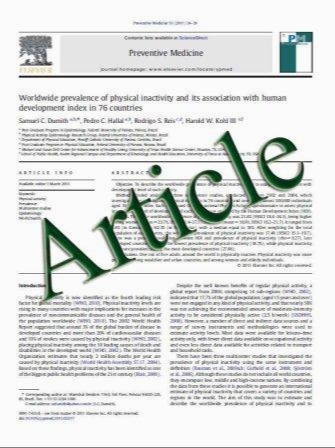Effects of orthodontic tooth movement on alveolar bone density
- نوع فایل : کتاب
- زبان : انگلیسی
- مؤلف : Hsing-Wen Chang & Heng-Li Huang & Jian-Hong Yu & Jui-Ting Hsu & Yu-Fen Li & Yi-Fan Wu
- چاپ و سال / کشور: 2011
Description
The object of this study was to evaluate the relationship between changes in the alveolar bone density around the teeth and the direction of tooth movement by using cone-beam computed tomography (CBCT). CBCT was used to measure the bone densities around six maxilla anterior teeth before and after 7 months of orthodontic treatment in eight patients. Each root was divided into three levels (cervical, intermediate, and apical) to determine whether the bone density change varied with the tooth level. Moreover, each level was divided into four regions (palatal, distal, mesial, and buccal sides). Threedimensional computer models of the maxilla before and after orthodontic treatment were created to detect the direction of tooth movement. The percentage for all 144 samples [8 (patients)×6 (teeth)×3 (levels)] in which the side (palatal, distal, mesial, or buccal sides) of maximum bone density reduction (before and after orthodontic treatment) coincided with the direction of tooth movement was calculated; this was referred to as the “coincidence percentage”. The bone density around the teeth reduced by 24.3±9.5%. The average coincidence percentage for the eight patients was 59.0%. The coincidence percentages for the eight patients were 62.5%, 62.5%, and 52.1% at the cervical, intermediate, and apical levels, respectively. The obtained results demonstrate that the direction of tooth movement is associated with the side of maximum bone density reduction, and that CBCT is a useful approach for evaluating bone density changes around teeth induced by orthodontic treatment.
Clin Oral Invest DOI 10.1007/s00784-011-0552-9 Received: 9 August 2010 / Accepted: 11 April 2011


